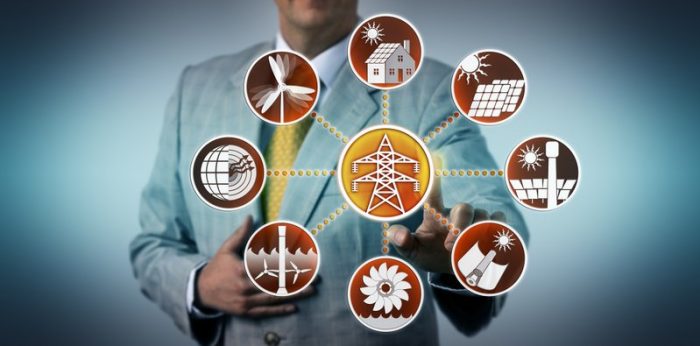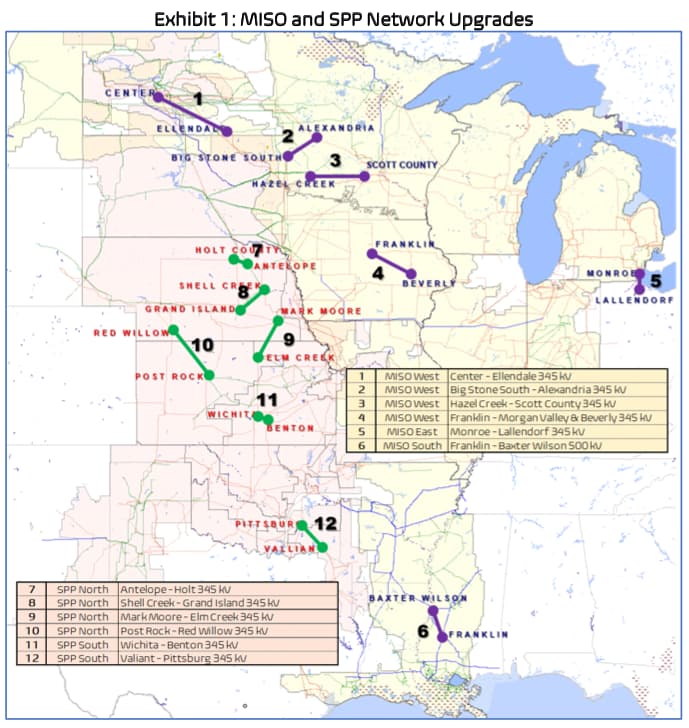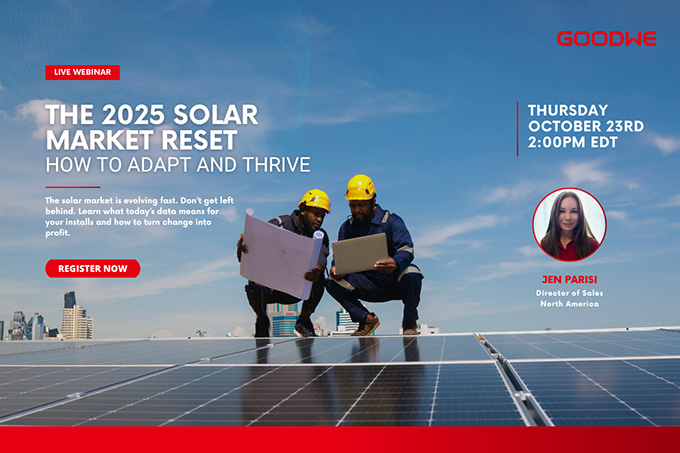Runaway costs: Renewable developers are paying for electric grid upgrades — and that needs to change

Renewable energy developers know that the hidden costs of developing new solar energy projects are often led by the utility interconnection elephant lurking in the back of the planning room.
Thanks to decades-old cost-allocation planning, renewable generators continue to bear almost the entire cost of increasingly expensive — yet often broadly beneficial — upgrades in the Midwest and Great Plains, among other regions. As a result, many low-cost wind and solar projects are not getting built, according to a new study conducted by ICF Resources for the American Council on Renewable Energy (ACORE). The study, Just and Reasonable? Transmission Upgrades Charged to Interconnecting Generators Are Delivering System-Wide Benefits, also drew on support from the Macro Grid Initiative.
The problem is larger than many perceive. Nationwide, there are currently over 150 GW of active solar, wind, and hybrid resources stuck in interconnection queues, all while the demand for renewable generation is expected to significantly grow in the coming years, ACORE reports.
“The current siloed approach to cost allocation dates back decades. The actual benefits of transmission upgrades are double what are calculated in RTO (regional transmission organization) planning exercises. And new grid enhancing technology can increase those benefits,” surmised Jay Caspary, the vice president of Grid Strategies LLC, one of the panelists in a September 9 webinar held by ACORE to highlight the study results.
Drilling Down to Congestion Points
The new study encompassed not only the basic cost of interconnection upgrades, but also the cost of upgrades in areas where the utility already experiences congestion. “We used market efficiency analysis to consider projects and upgrades, focusing on frequent and persistent congestion points; benefits were calculated conservatively,” said Ken Collison, the vice president of energy consulting at ICF.
Drawing on a pool of 600 projects, ICF modeled recent transmission upgrades assigned to a dozen new wind and solar projects through the Midcontinent Independent System Operator and Southwest Power Pool generator interconnection (GI) processes.

The modeling found that two-thirds of these upgrades, if built, would have delivered significant benefits to the shared grid systems that some beneficiaries would not have paid for. Under current GI cost allocation rules, new energy projects in both regions are responsible for paying for nearly all the cost of these upgrades, potentially violating the Federal Power Act’s “just and reasonable” requirements for the “beneficiary pays” principle.
“The study confirms what people have long believed. Upgrades provide broad system benefits, although the cost falls on developers,” commented Norman Bay, a former chairman at the Federal Energy Regulatory Commission (FERC, from 2015 to 2017). “It has been a classic free-rider problem. It is clear that better transmission planning would reduce the need for developers to pay the cost of upgrades.”
“Regional power grids are like highway systems, moving power to where it’s needed and keeping electrons flowing to homes and businesses around the clock,” said ACORE President and CEO Gregory Wetstone. “Right now, new wind and solar projects are essentially asked to shoulder the financial burden of adding new lanes to that electron highway, lanes that benefit everyone. Such improvements should rightfully be addressed in long-term planning by grid operators like MISO and SPP, and the failure to do so means that the low-cost renewable resources we need to meet our climate goals are stuck in lengthy interconnection queues. This flawed approach to cost allocation of transmission network upgrades is killing otherwise cost-effective projects, which hurts consumers and jeopardizes our response to the climate crisis.”
Poor Planning Fuels Runaway Interconnection Costs
One not-surprising conclusion of the study is that renewables developers are being saddled with runaway utility grid upgrade costs. “What once was a $50/kW cost for new interconnections is now up from $270/kW to $448/kW and rising,” said Himali Parmar, the head of interconnection study at ICF.
However, the cost allocation of new interconnections is now being considered carefully by FERC, Bay points out. According to FERC’s “beneficiary pays” principle, regional transmission organizations are required to ensure that transmission costs are assigned at least as “roughly commensurate with estimated benefits,” ACORE notes.
Better planning for transmission upgrades also must take on a big-picture scope, suggested Caroline Golin, the global head of energy markets and policy at Google. “From a buyer’s perspective, grids were built when a minority of our energy was clean energy. Now buyers are all looking to invest in clean energy, starting with renewables. It would be foolish if we don’t look at a massive overhaul of the national transmission system. We don’t want utilities to continue with a patchwork approach,” she said.
Cost for interconnection must not only be reined in, but standardized, suggested Matt Pawlowski, the executive director of management and regulatory affairs at NextEra Energy.
“We see this issue every day. We need certainty on the cost and schedule of upgrades; without both, sales to customers just won’t work,” he said. “Schedule delays can add cost, and that kill projects. Ultimately, rate payers bear the cost of upgrades. If we do a better job of transmission planning, there will be better certainty around costs and schedules.”
DER Consideration in T&D Planning
One major oversight in utility transmission upgrade planning is the failure to sufficiently consider — if at all — the value of distributed energy resources, several panelists agreed. “We need to integrate transmission and distribution planning,” pointed out Caspary.
DER will not be the sole solution to transmission woes, however. “Distributed generation can mitigate the need for some transmission upgrades. But to reach state goals and achieve the scale of renewables needed, we will far exceed DER contributions to the grid,” Collison reckoned.
Charles W. Thurston is a contributor to Solar Builder.





Comments are closed here.